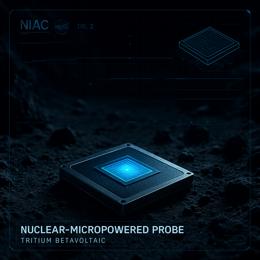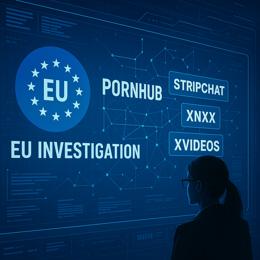Picture: for illustration purposes
"Academics Develop Nightshade, a Tool to Counter AI Misuse with Digital Art"
A groundbreaking tool, Nightshade, developed by a team of accomplished academics led by Professor Ben Zhao at the University of Chicago, is set to revolutionize the art and AI industry. The tool allows digital artists to protect their online art from AI image generators.
These generators, such as Dall-E, Midjourney and Stable Diffusion, are typically trained using vast quantities of images and art from the internet. Nightshade works by subtly adjusting image pixels that are largely undetectable to the human eye, but have a profound effect on AI's comprehension, making the AI 'see' a different object than what is really portrayed.
In a series of fascinating experiments, the team tested Nightshade on Stable Diffusion's latest models and a custom-built model. When Stable Diffusion was fed "poisoned" dog images, the resultant creations were nothing short of bizarre, featuring abnormal forms and uncanny limbs.
In another test, the team fed Stable Diffusion 300 Nightshade 'tainted' images. The result was a drastic object misidentification - a clean model's dog image was interpreted as a cat, a car was identified as a cow, a handbag turned into a toaster, and even a hat was misapprehended as a cake.
The Nightshade team has previously created Glaze, which enables artists to mask their personal style, making it difficult for AI companies to harvest images for training purposes. Artists can now use Glaze and Nightshade together to protect their artworks from illicit scraping by major AI corporations such as Google, OpenAI, Meta, and Stability AI.
The trick is the low-detection quotient of Nightshade in the images. However, Zhao highlighted the potential misuse of Nightshade by malicious individuals aiming to degrade AI image generators. Nevertheless, such an endeavour would require poisoning thousands of images to harm the larger models, which are trained on billions of images.
This revolutionary tool is already creating shockwaves through the tech and arts communities, and a research paper providing a detailed explanation about the tool has been submitted for peer review at the Usenix computer security conference.










